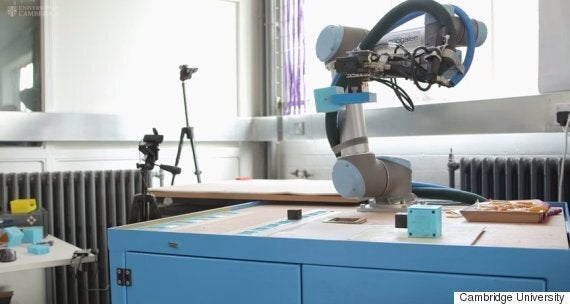New research from Cambridge has shown that robots are capable of reproducing and intelligently picking the best of their offspring to start their own species.
In a series of five experiments, the mother robot was able to build baby bots and use the information from each generation to create the next.

A paper published in the journal PLOS One showed how the parent machine was able to use a 'survival of the fittest' principal to choose preferred traits to incorporate into each build.
With each successive generation, the baby bots got better at specific tasks.
SEE ALSO:
“Natural selection is basically reproduction, assessment, reproduction, assessment and so on,” said lead researcher Dr Fumiya Iida of Cambridge’s Department of Engineering
“That’s essentially what this robot is doing – we can actually watch the improvement and diversification of the species.”
Although the bots mirrored biological processes, they looked nothing like humans.
The mother bot consisted of an arm and the babies she made effectively involved putting between one and five cubes together with a small rotor inside.
The key aspect of this research is that at no point in the experiment was there intervention from humans.
Each of the children were tested on how fast they could move between set points and once the results were analysed, the fittest individuals were left unchanged, while the weakest ones were modified to improve their performance.
"The fastest individuals in the last generation moved at an average speed that was more than twice the average speed of the fastest individuals in the first generation," researchers said in a statement.
"This increase in performance was not only due to the fine-tuning of design parameters, but also because the mother was able to invent new shapes and gait patterns for the children over time, including some designs that a human designer would not have been able to build."
“It’s still a long way to go before we’ll have robots that look, act and think like us,” said Iida.
“But what we do have are a lot of enabling technologies that will help us import some aspects of biology to the engineering world.”